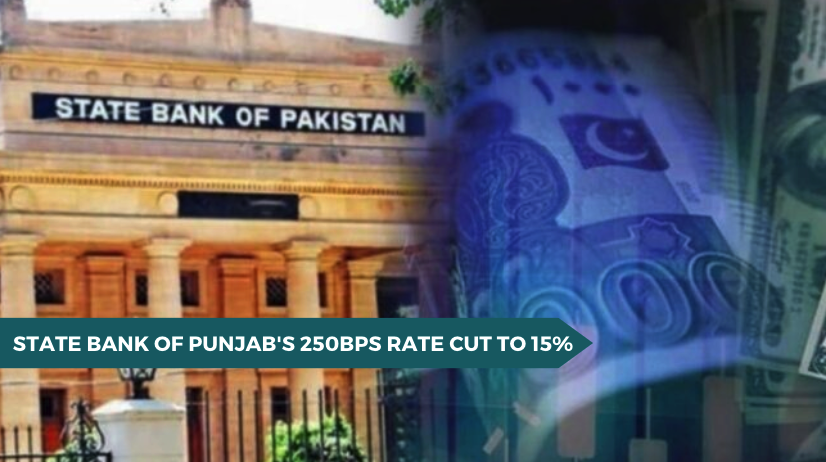
Impact of State Bank of Punjab Policy Rate Cut on Real Estate
The recent decision by the State Bank of Punjab to cut the policy rate by 250 basis points to 15% has significant implications for various sectors, particularly real estate. This article explores the positive impacts and benefits of this rate reduction for the real estate market, providing insights for investors, developers, and homebuyers.
What is a Policy Rate?
The policy rate is the interest rate at which a country’s central bank lends money to domestic banks. A reduction in this rate typically aims to stimulate economic activity by making borrowing cheaper.
Recent Changes
- Rate Cut: The State Bank of Punjab has reduced the policy rate from 17.5% to 15%, marking a significant shift in monetary policy.
- Objective: The primary goal is to encourage borrowing and investment, thereby boosting economic growth.
Positive Impacts on Real Estate
1. Lower Borrowing Costs
- Mortgage Affordability: With lower interest rates, mortgage repayments become more manageable for homebuyers. This can lead to an increase in demand for residential properties.
- Increased Investment: Developers may find it easier to finance new projects, leading to more construction and development activities.
2. Boost in Property Sales
- Increased Demand: As borrowing costs decrease, more individuals are likely to enter the property market, increasing sales volume.
- Competitive Pricing: Lower rates can lead to competitive pricing among sellers, making properties more attractive to buyers.
3. Stimulus for Construction Sector
- New Projects: Developers are encouraged to initiate new projects due to lower financing costs, which can lead to job creation and economic growth.
- Infrastructure Development: Increased real estate activity can lead to improvements in local infrastructure, benefiting communities.
4. Enhanced Investor Confidence
- Market Stability: A stable monetary environment fosters confidence among investors, leading to increased investments in real estate.
- Long-term Growth: Investors are more likely to commit funds when they perceive a favorable economic climate.
Benefits for Homebuyers
1. Affordability
- Lower Monthly Payments: Reduced interest rates mean lower monthly mortgage payments, making homeownership more accessible.
- Increased Purchasing Power: Buyers may qualify for larger loans due to lower rates, allowing them to purchase better properties.
2. Greater Selection
- Diverse Options: As demand increases, buyers will have a wider selection of properties available within their budget.
- Negotiation Leverage: Increased competition among sellers can provide buyers with better negotiation power.
Benefits for Real Estate Investors
1. Higher Returns on Investment
- Rental Yields: As property values increase due to heightened demand, rental yields can also rise, providing better returns for investors.
- Capital Appreciation: Properties purchased during this period may appreciate significantly over time as the market stabilizes.
2. Portfolio Diversification
- Investment Opportunities: Lower rates create opportunities for investors to diversify their portfolios by acquiring multiple properties without incurring excessive debt.
Challenges and Considerations
While the rate cut presents numerous benefits, it’s essential to consider potential challenges:
1. Market Volatility
- Economic conditions can change rapidly; thus, investors should remain cautious about over-leveraging during this period.
2. Regulatory Changes
- Changes in government policies or regulations could impact the real estate market’s dynamics.
Conclusion
The State Bank of Punjab’s decision to cut the policy rate by 250 basis points is poised to have a transformative impact on the real estate sector. By lowering borrowing costs and enhancing investor confidence, this move creates a conducive environment for growth and development in real estate. Homebuyers stand to benefit from increased affordability and options, while investors can expect higher returns on their investments. As the market navigates these changes, stakeholders must remain vigilant and adaptable to maximize opportunities in this evolving landscape.

